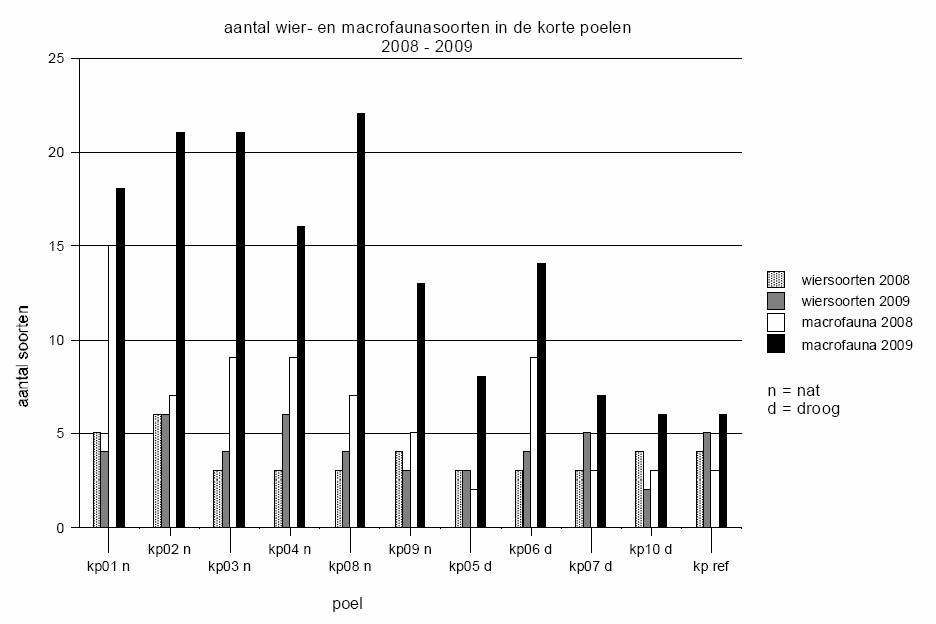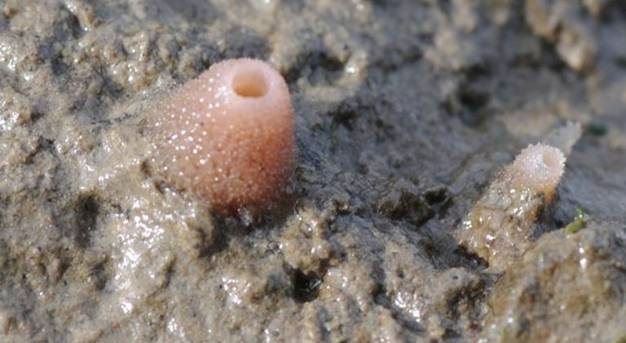Construction
The first pilot of the rich revetment ecobasin was delivered in 2008 on the dike section between Wemeldinge and Yerseke. The second set of ecobasins was delivered in 2010, on the dike section between Wemeldinge and Kattendijke.
Execution
The pilots have been monitored for a period of three year, 2008-2010. For detailed information on monitoring methods and results, see (in Dutch) Paalvast (2011).
In 2008 the basins were monitored in the period from July to October, this included a monthly visit to the site. During the visits the different species were counted and the basins were photographed. In October pictures were taken of algae and epifauna in the basins and in two reference situations (the traditional dike toe). The number of fishes and shrimps were estimated, but not determined by species. For the algea and animals that cover a large surface, the cover percentages on the stones and in the basins were estimated and translated to abundance. For the other animals an estimation of density was made and translated to abundance. In October 2008 the algae biomass was also determined.

In 2008 monitoring showed that the number of taxa in all short basins had increased. Organisms included ulvea, barnacle, tunicates and sponges. The number of taxa in the long basins was lower than in the short basin, which can be explained by the fact that the long basins are located higher in the tidal range and therefore were longer exposed to drying conditions. Results in 2008:
- Short basins: 10 species of algae, 25 species of animals
- Long basins: 7 species, 23 animal species
- Reference (drying hard substrate area on the same height in the intertidal zone): 4 species, 4 animal species
These results show that basins started to have a clear added value at this location.
In 2009 the basins were visited and photographed in May and October. The monitoring followed the same method as in 2008. In comparison to the monitoring results of 2008, the total number of species had increased:
- Short basins: 8 species of algae, 30 species of animals
- Long basins: 9 algae species, 26 animal species
- Reference: 4 algae species, 4 animal species

In 2010 this result remained stable. Between the years shifts took place in abundance between various algal species. It was noted that some basins were silting up and others were leaking and dried up during low tide. As expected these leaking and drying basins contained less species diversity.
The following conclusions were drawn at the end of the monitoring period:
- Artificial basins in the intertidal zone of the dike will increase biodiversity
- Artificial basins at low-wave energy locations tend to silt up.
- Artificial basins at low-wave energy locations have a high algae biomass
- Macro fauna species numbers and abundancy of species increases with increasing waterdepth of the pools
